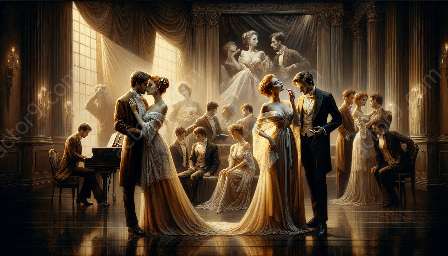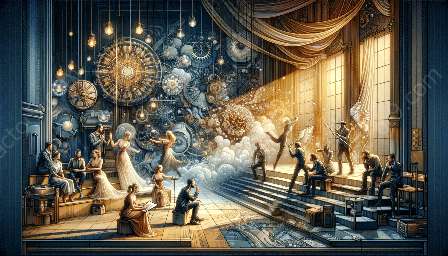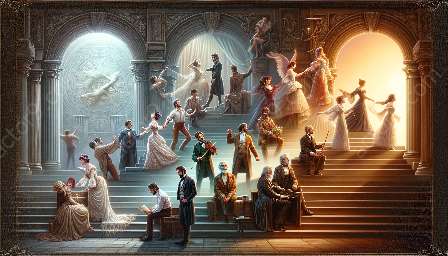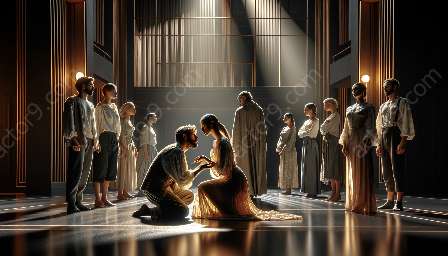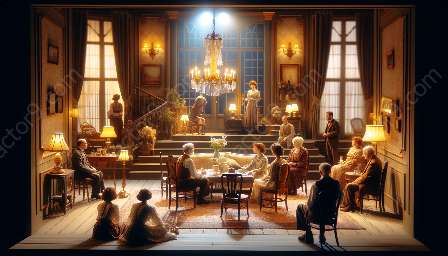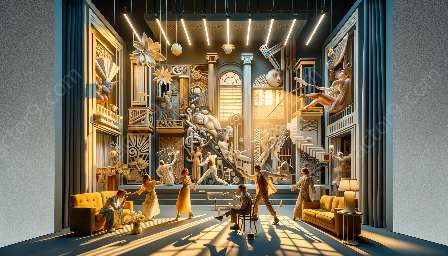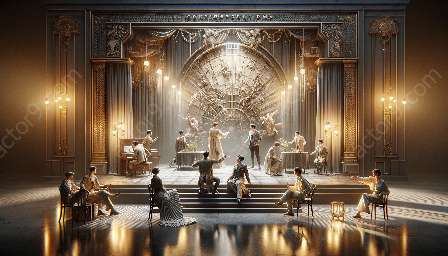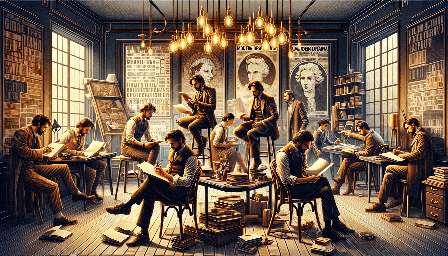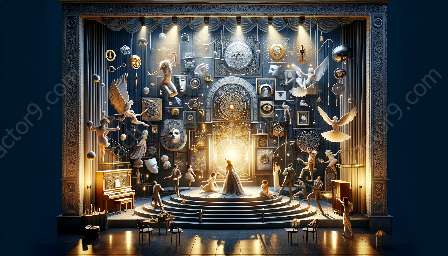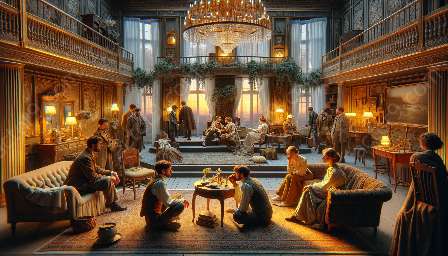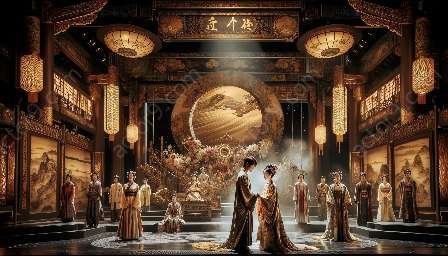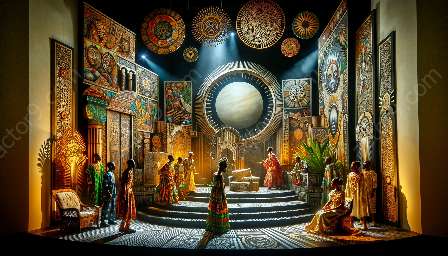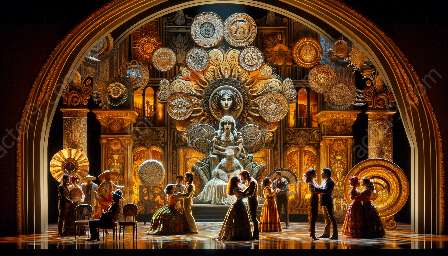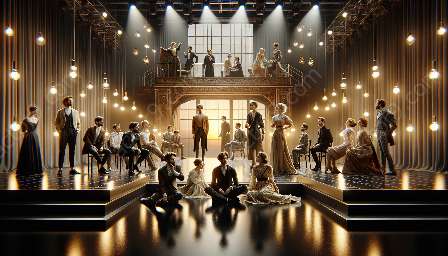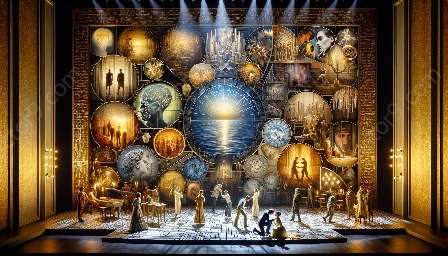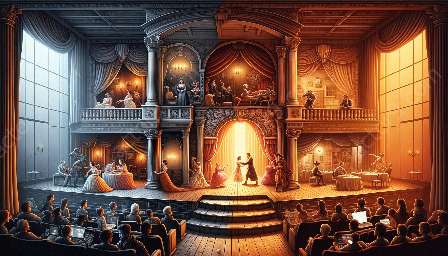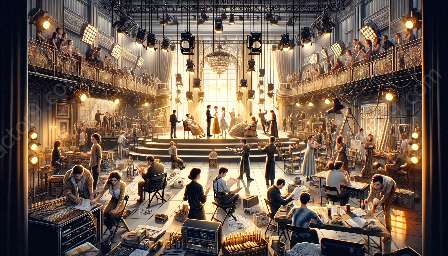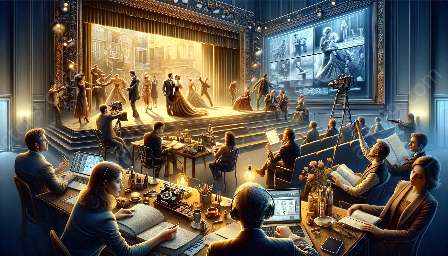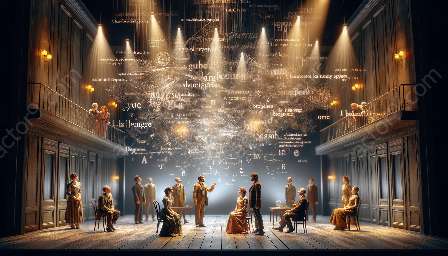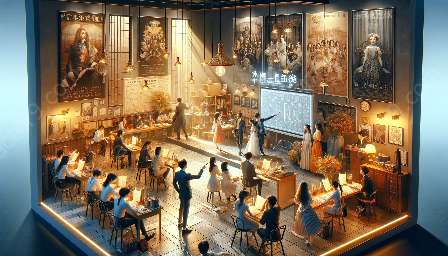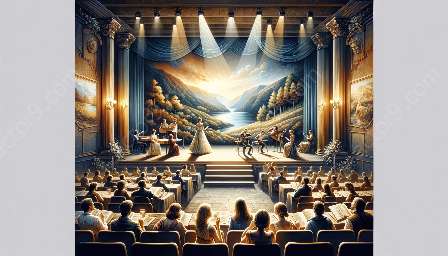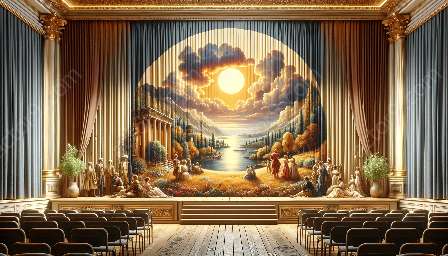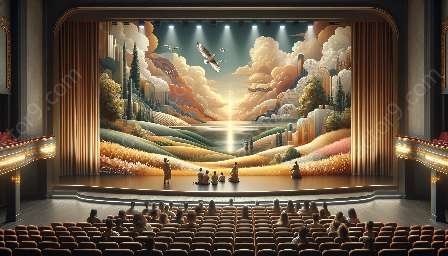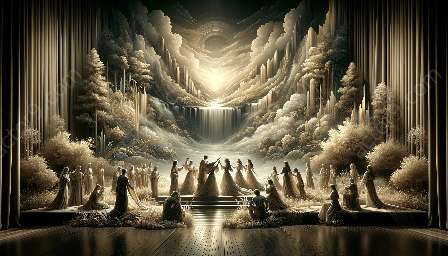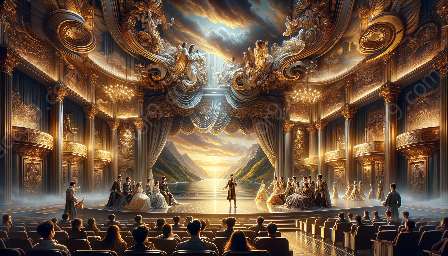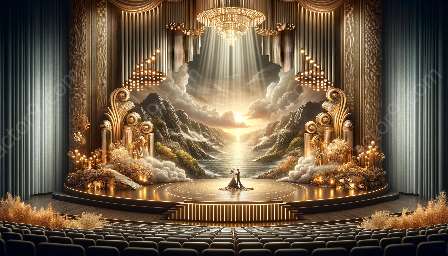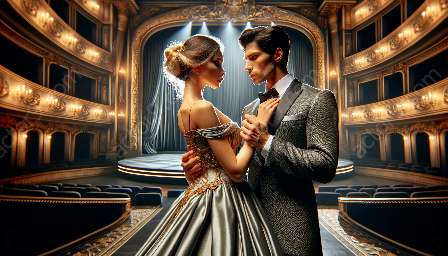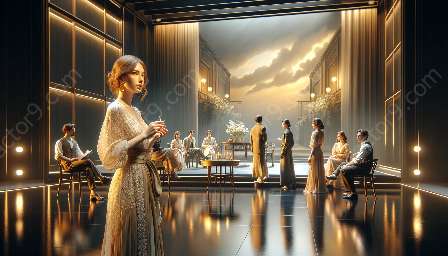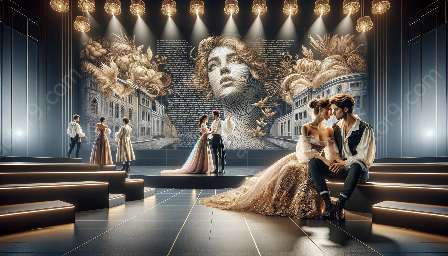From the early days of theater to modern-day performances, the representation of gender roles has been a central theme in dramatic productions. In the world of modern drama and theater, the exploration and challenging of traditional gender roles have become increasingly prevalent, sparking important conversations and bringing new perspectives to the stage. This topic cluster will delve into the various aspects of Challenging Traditional Gender Roles and Representations in Modern Theater, examining its impact on modern drama and theater.
Challenging Gender Norms in Theater
Modern theater has provided a platform for artists to challenge traditional gender roles in compelling and thought-provoking ways. Playwrights, directors, and actors have pushed boundaries and reimagined gender representations, questioning societal norms and exploring diverse perspectives. Through the portrayal of complex and multidimensional characters, modern theater has disrupted conventional gender expectations and shed light on the intricacies of human experiences.
Exploring Gender Identity and Expression
Contemporary theater has also been instrumental in exploring the spectrum of gender identity and expression. The stage has been a canvas for depicting the fluidity of gender, offering narratives that transcend binary concepts and celebrate diversity. Through compelling storytelling and innovative performances, modern theater has amplified the voices of marginalized communities and contributed to a more inclusive and representative theatrical landscape.
Impact on Modern Drama and Theatre
The theme of challenging traditional gender roles has significantly influenced modern drama and theater, shaping the narratives and aesthetics of productions. This evolution has not only diversified the stories being told but has also expanded the opportunities for actors and creators to engage with more authentic and inclusive portrayals. As a result, modern theater has continued to captivate audiences with its progressive approach to representing gender and has fostered a deeper connection with contemporary social issues.
Evolution of Gender Representation
Over time, the representation of gender in modern theater has evolved to reflect the changing dynamics of society. The intersection of gender and identity has become a recurrent theme, prompting audiences to engage with challenging and transformative narratives. By dismantling stereotypes and amplifying underrepresented voices, modern theater has redefined the boundaries of gender representation, paving the way for a more nuanced and empathetic understanding of human experiences.
Shaping Cultural Discourse
Modern theater's exploration of gender roles and representations has not only contributed to artistic innovation but has also played a pivotal role in shaping cultural discourse. Through provocative storytelling and dynamic performances, theater has sparked conversations about gender equality, representation, and societal expectations. This engagement with relevant and pressing issues has underscored the power of theater as a catalyst for social change, further cementing its relevance in contemporary society.
Conclusion
Challenging Traditional Gender Roles and Representations in Modern Theater has become a compelling and essential theme within modern drama and theater. By challenging gender norms, exploring identity, and shaping cultural discourse, theater has emerged as a dynamic and transformative platform for reflecting and reimagining the complexities of gender. As the theatrical landscape continues to evolve, the exploration of gender roles and representations remains a vital and resonant aspect of contemporary storytelling and artistic expression.

